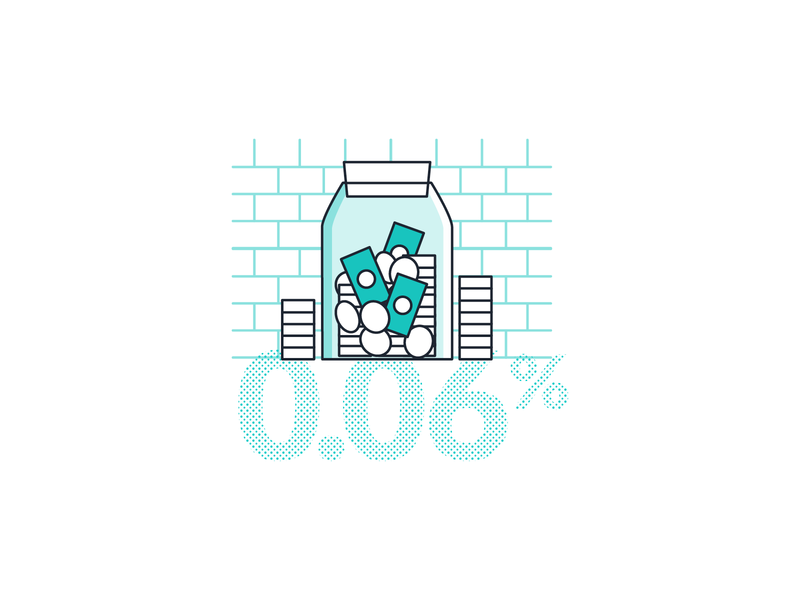Understanding Surety Agreement Bonds: What You Need To Know
Understanding Surety Agreement Bonds: What You Need To Know
Blog Article
Author-Goldberg Borch
You believe you've got agreements all found out, however have you ever before became aware of guaranty contract bonds? These small little records pack a punch when it involves safeguarding your rate of interests.
In this write-up, we'll break down everything you need to know about recognizing surety contract bonds. From their purpose to the different types offered, we've obtained you covered.
Prepare to dive deep into the world of surety agreement bonds and come to be a contract pro in no time at all.
The Purpose of Surety Contract Bonds
To totally comprehend the function of surety agreement bonds, you need to recognize that they provide economic protection to the obligee in case the major stops working to satisfy their contractual commitments.
Surety agreement bonds work as a guarantee, guaranteeing that the obligee will certainly be compensated if the principal is incapable to finish the agreed-upon job or fulfill their responsibilities. indemnity bonds of bond is generally utilized in building and construction projects, where there's a risk of the specialist skipping or stopping working to fulfill the job needs.
By requiring a surety agreement bond, the obligee can have comfort recognizing that they'll not endure economic loss if the primary falls short to deliver.
Essentially, guaranty agreement bonds serve as a safety net, safeguarding the interests of the obligee and ensuring that contractual commitments are met.
Kinds Of Guaranty Contract Bonds
There are a number of various kinds of guaranty contract bonds, and it is very important for you to comprehend every one to determine which is most ideal for your specific requirements.
The first type is the proposal bond, which assures that if you win a contract, you'll become part of the agreement and offer the called for performance and payment bonds.
The second kind is the performance bond, which makes certain that you'll complete the task according to the terms of the agreement.
The third type is the settlement bond, which ensures that you'll pay all subcontractors, laborers, and providers involved in the job.
Ultimately, there's https://www.justice.gov/usao-md/pr/eastern-shore-man-pleads-guilty-stealing-more-18-million-salisbury-corporation-where-he , which supplies protection against problems in handiwork or materials after the job is finished.
Comprehending these different kinds of surety agreement bonds will assist you pick the ideal one for your certain circumstance.
Key Celebrations Associated With Guaranty Agreement Bonds
You need to comprehend that a key event involved in surety contract bonds is the principal, who's the party that's obligated to accomplish the terms of the agreement. The principal is normally the contractor or the celebration that's embarking on the building and construction task.
One more crucial celebration is the obligee, who's the entity that requires the bond to guarantee that the contract is fulfilled. The obligee is usually the task proprietor or the customer.
Finally, there's the guaranty, that's the celebration that supplies the bond and guarantees the principal's efficiency. The surety is generally an insurer or a banks.
These three parties interact to make certain that the terms of the agreement are met which the job is completed successfully.
Conclusion
So there you have it - currently you comprehend the ins and outs of guaranty agreement bonds. From the different types offered to the vital celebrations involved, you're geared up with the knowledge to browse this intricate world.
Keep in mind, whether you're a specialist or a project proprietor, having a solid understanding of guaranty agreement bonds is vital for an effective task.
So don't allow this important element of building and construction catch you off-guard - be prepared and guarantee your task's success with surety agreement bonds.
